Where’s the Coworking Sector Headed?
Collaboration among providers and operators will be key. Here's what to expect.
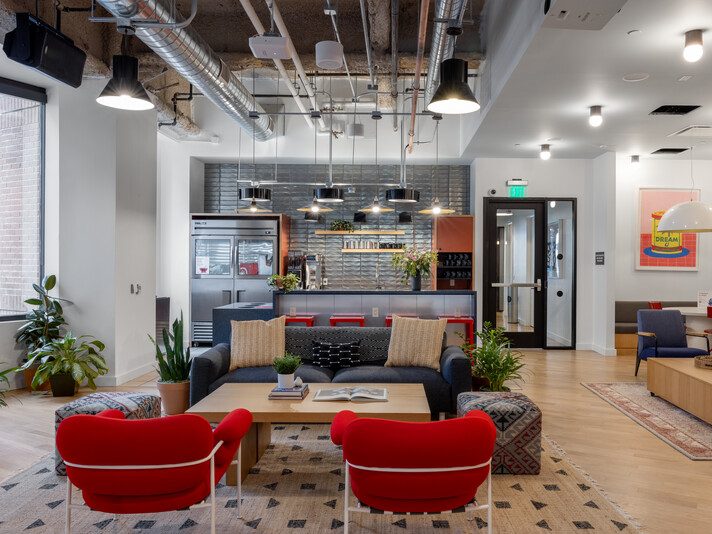
The coworking sector is set for a dynamic 2025 due to further adoption of hybrid work models and more businesses embracing in-person work. But this doesn’t mean there won’t be any bumps along the way as the sector cannot operate in a vacuum.
“The worst of commercial office real estate is not past us, so while coworking may offer an opportunity, the underlying headwinds that commercial office real estate faces—expensive capital and stagnant physical occupancy—persist,” said CommercialEdge Associate Director Peter Kolaczynski.
To adapt to these unceasing challenges, office operators have been right-sizing their portfolios to include more flex offerings. This has not only transformed the physical environment of traditional offices, but also altered lease terms, as tenants today expect more flexibility in how and when they use their space.
Key trends in the coworking space
High demand for flexible offerings and mounting return-to-office mandates are two of the most prominent trends in the sector today. A recent WeWork survey found that 59 percent of companies plan to adopt flexible solutions over traditional offices to expand their workspaces over the next two years. Notably, 95 percent of remote companies looking to increase their office space favor flexible options.
LISTEN TO: Step Into My Office: CBRE’s Take on Rethinking Office Space and the Future of Flexibility
“We are continuing to see very strong demand off the back of this shift toward flexibility and that’s why we’re seeing our network grow at its fastest-ever rates,” said Mark Dixon, CEO of International Workplace Group. Over the past year, the company added nearly 900 new locations globally under its Regus, Spaces, HQ and Signature brands. Most expansions were in suburban and community-focused markets such as the Red Bank borough in New Jersey, but also in Milwaukee, and Boca Raton, Fla.
Until now, although 80 percent of organizations have return-to-office policies put in place, only 17 percent of them really enforce them, CBRE’s research found. But that number is anticipated to increase going forward.
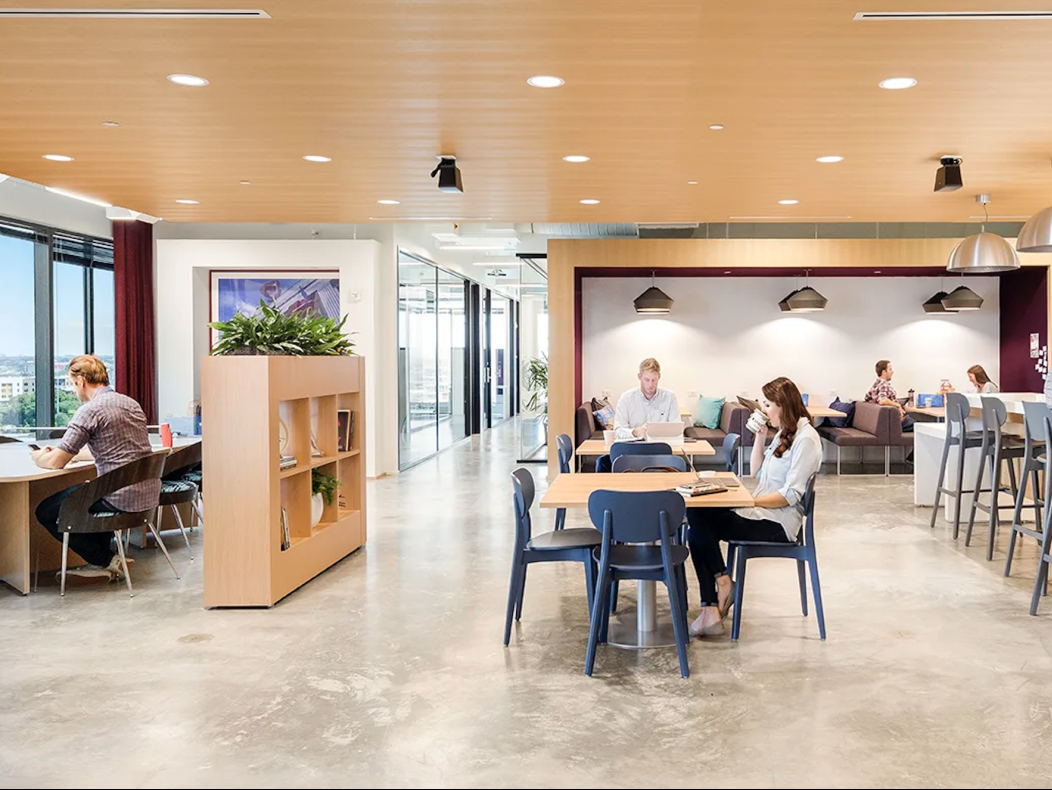
“The biggest shift I expect to see is companies following the lead of recent RTO mandates and deciding to increase the amount of time they spend in-office, with more opting to go full-time,” said WeWork Vice President & Head of USC Sales Luke Robinson. “This will require flexible space providers to offer an ample variety of workspaces that can accommodate employees up to five days a week.”
More employees in the office means more conference rooms, communal areas and private phone booths, among others. Operators are already making changes to their office layouts as the focus rapidly shifts from where employees work to how they work.
“In 2025, we anticipate an evolution of business priorities with the conversation moving beyond the physical location of employees with companies requiring everyone to be in a single building to the productivity of workers and retention of talent instead,” said Dixon.
To respond to the increased demand for specific amenities and services that support teamwork and collaboration, operators are increasingly adding spaces that foster connection.
“(Employers) want workspaces that bring people together and they need amenities like technology-powered meeting rooms, flexible spaces designed to support diverse workstyles and event programming to help achieve that goal,” Robinson said.
Private offices, smaller conference rooms and virtual mailboxes are also increasingly popular, catering to businesses that seek professional environments without long-term commitments, according to Jason Anderson, president of Vast Coworking Group. Additionally, assistant services such as customizable call answering services allow business owners to focus less on admin work and more on their growth and customers, all while keeping that human element.
Shifting business models
To cater to the increasing number of clients, coworking operators have also been adapting their business models while keeping their focus on providing flexible, scalable and customer-centric solutions. Over the past few years, they have been more open to collaboration and networking. WeWork launched Coworking Partner Network, a partnership with Vast Coworking Group that allows tenants to access spaces across both brands.
“Our partnership with WeWork has been an industry first,” said Anderson. “I look at it as the beginning of a change in global coworking operations, modeled like the Oneworld Alliance in the airline industry.”
This strategic approach further reinforces the idea that operators need to leverage each other’s strengths to provide members with access to a broader number of locations and services. By combining suburban-focused partners with WeWork’s urban stronghold, these networks create more opportunities for hybrid and distributed teams, reflecting the sector’s pivot toward greater accessibility and choice.
“Franchising is the vehicle driving our expansion and we have always focused our growth on underserved suburban markets instead of hyper-growth CBDs, which complemented WeWork’s portfolio and solidified our partnership,” Anderson added.
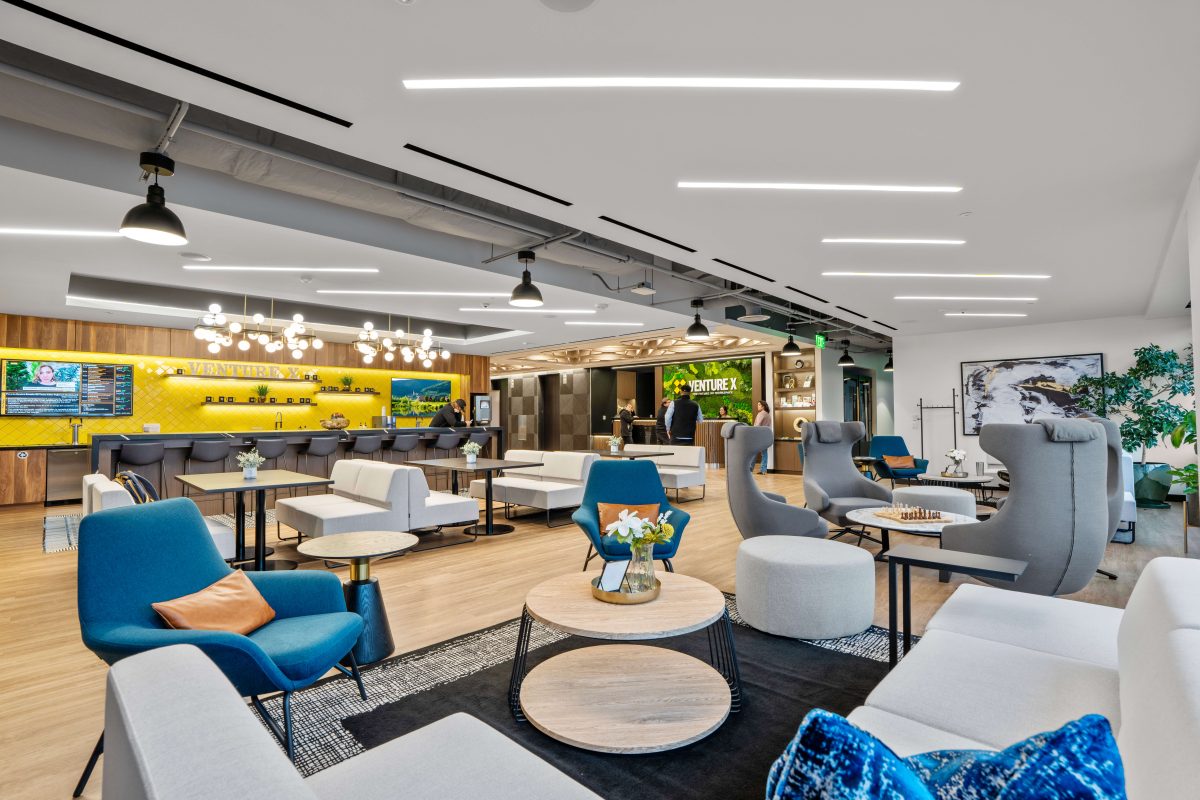
Another way coworking operators have been catering to members’ latest needs is by adapting their membership options. For example, WeWork launched two digital products: WeWork All Access and WeWork On Demand. The first one provides access to 450 locations worldwide, whereas the second one has a pay-as-you-go model that allows tenants to book spaces and meeting rooms at 300 locations instantly.
On the leasing side, coworking operators have been embracing non-traditional agreements to provide companies with more control over their office footprint. From shorter lease terms to flexible capacity models, these changes are helping businesses remain agile in uncertain times.
“We had a tech company who designed their workplace strategy with 100 All Access passes and WeWork Workplace instead of a traditional private office, supporting their commitment to flexible work while giving employees the ability to access in-person space as they need it,” Robinson said.
As of November, Manhattan, Chicago and Los Angeles were the top metros for coworking space, with the latter emerging as the largest market for locations, with 277 spaces, CommercialEdge data shows. International Workplace Group’s Regus and HQ brands were the top operators, followed by WeWork, Industrious and Spaces.
Vast Coworking Group was one of the companies that expanded significantly in 2024. After acquiring Intelligent Office and adding 54 locations across the U.S. and Canada, Vast later opened 19 new locations across its franchise brands. International Workplace Group also added to its network, signing 200 new locations across the country. Industrious—which was recently acquired by CBRE—expanded its portfolio in major markets, adding two locations in Los Angeles: a 19,000-square-foot space in Century City, Calif., and a 20,752-square-foot space in Westwood, Calif. The company also doubled its lease at 860 Broadway in Manhattan.
What’s next?
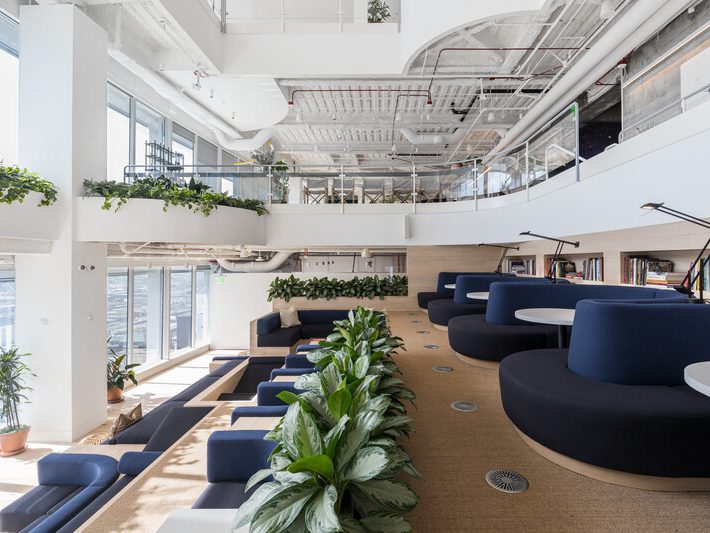
Collaborations, portfolio expansions and the wider adoption of hybrid work models reflect the coworking sector’s resilience. Last year, most operators saw improvements across several metrics. After emerging from bankruptcy, WeWork registered a 9 percent annual increase for on-demand bookings as of October, while International Workplace Group recorded the highest revenue in the company’s 35-year history.
As operators continue to prioritize bringing offices closer to employees, particularly in high-demand suburban markets, Kolaczynski expects continued coworking growth in these areas. Meanwhile, traditional office owners in business districts will look to adopt more flexible options, either by creating their in-house coworking brands or by entering into partnerships with experienced operators.
READ ALSO: Elevating the Coworking Experience
“I predict that flexibility will remain key in 2025,” Robinson said. “This year’s return-to-office mandates have shown that companies see the office as critical to their success, but they have not made final decisions on how many days they will be in person.”
Besides partnering with each other more often, coworking providers must keep innovating to support evolving workstyles, and offer solutions that cater to both individual employees and large teams.
“Occupancy should increase given the recent consolidation by operators,” said JLL Head of Property Sectors Research for the Americas Scott Homa. “Management agreements will remain popular given capital constraints and the high cost of interior construction. We could see continued M&A activity and more franchising.”

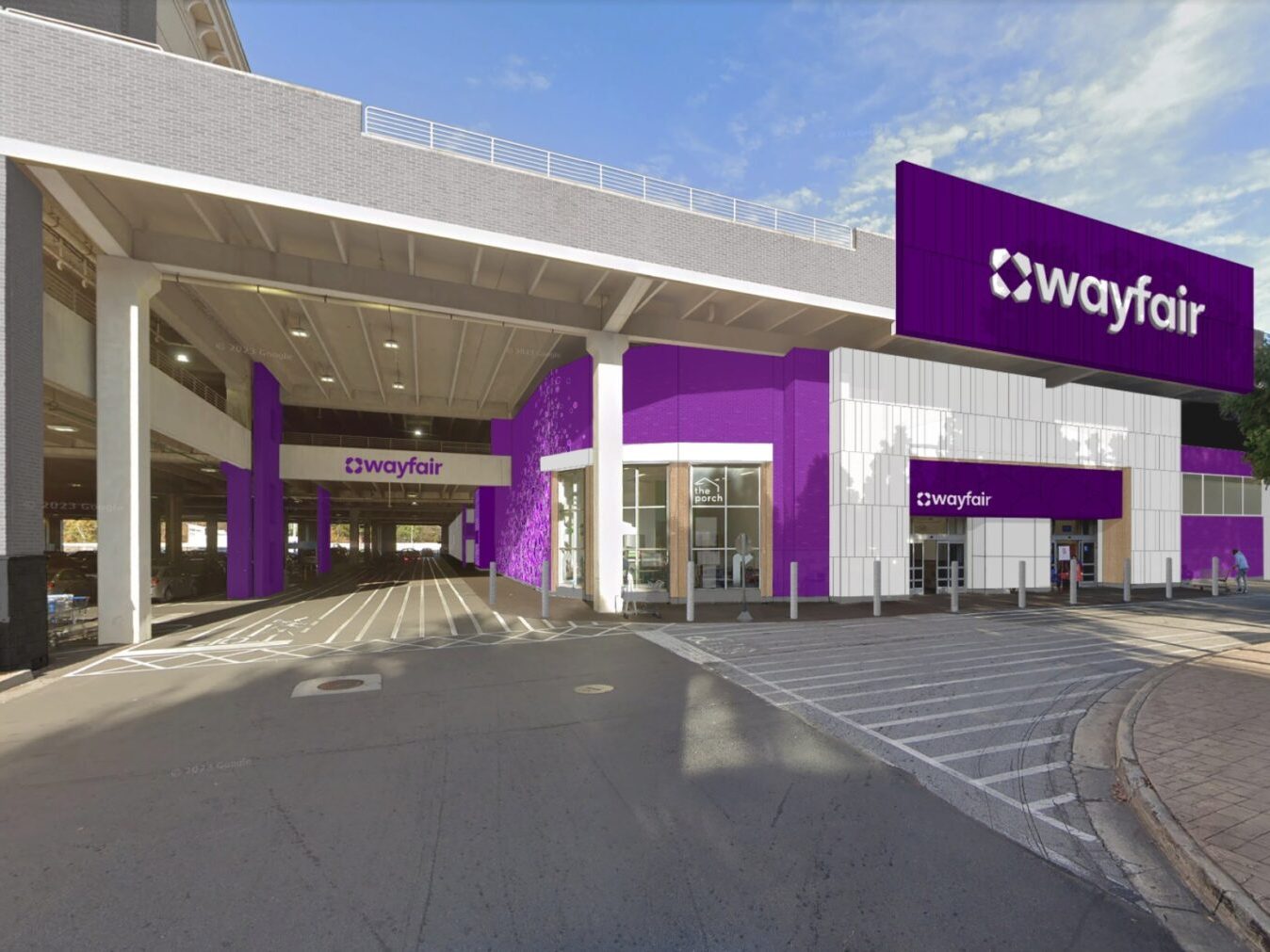
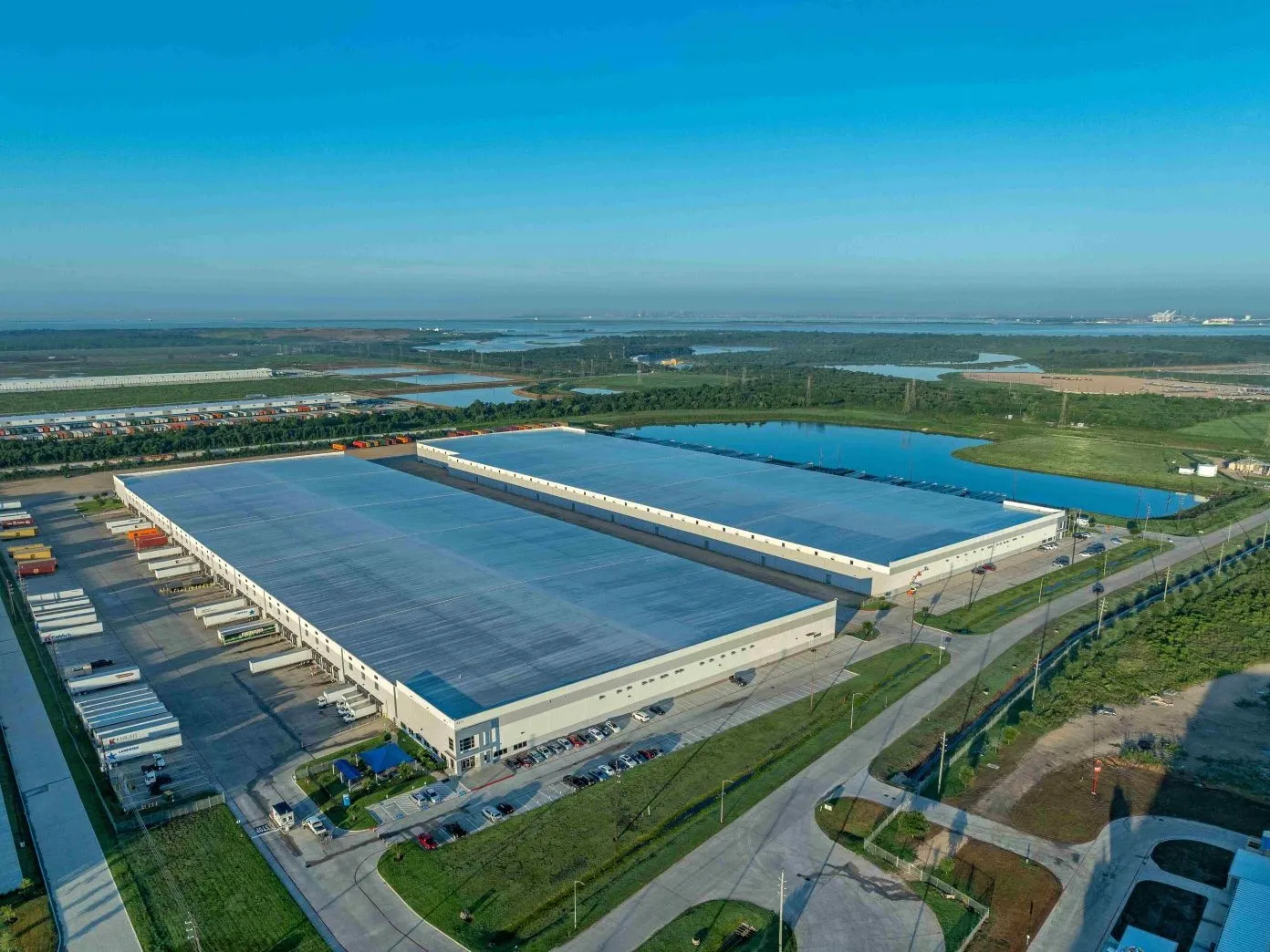

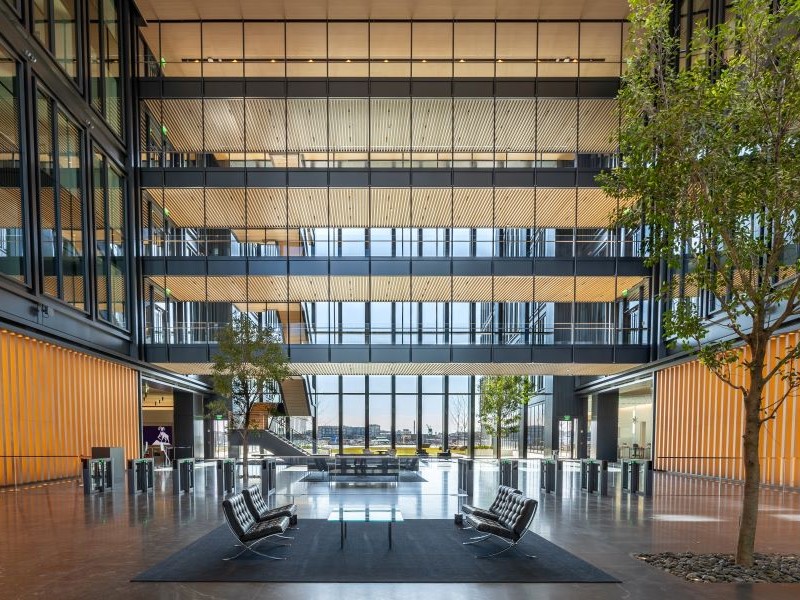

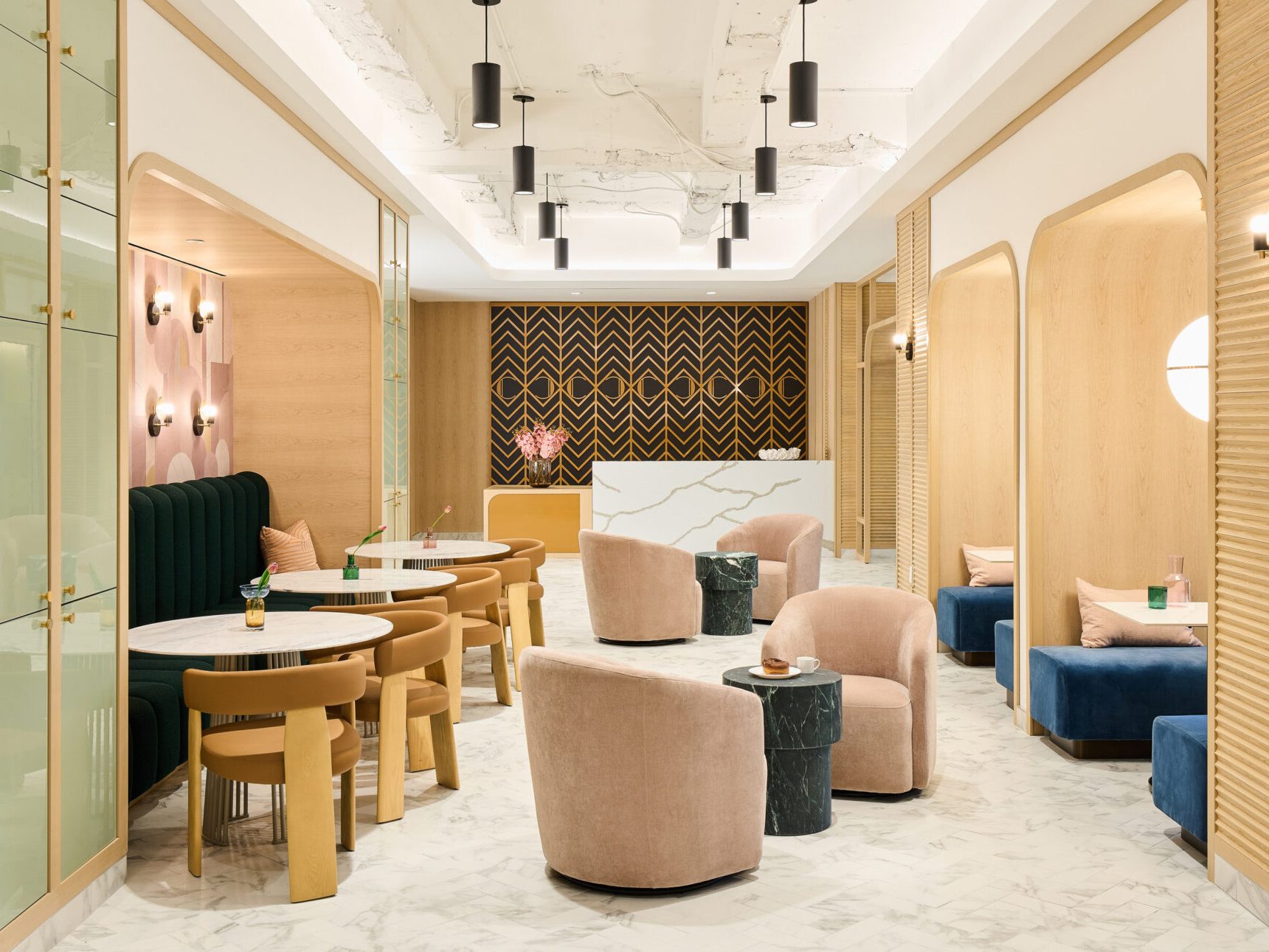
You must be logged in to post a comment.